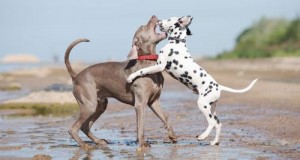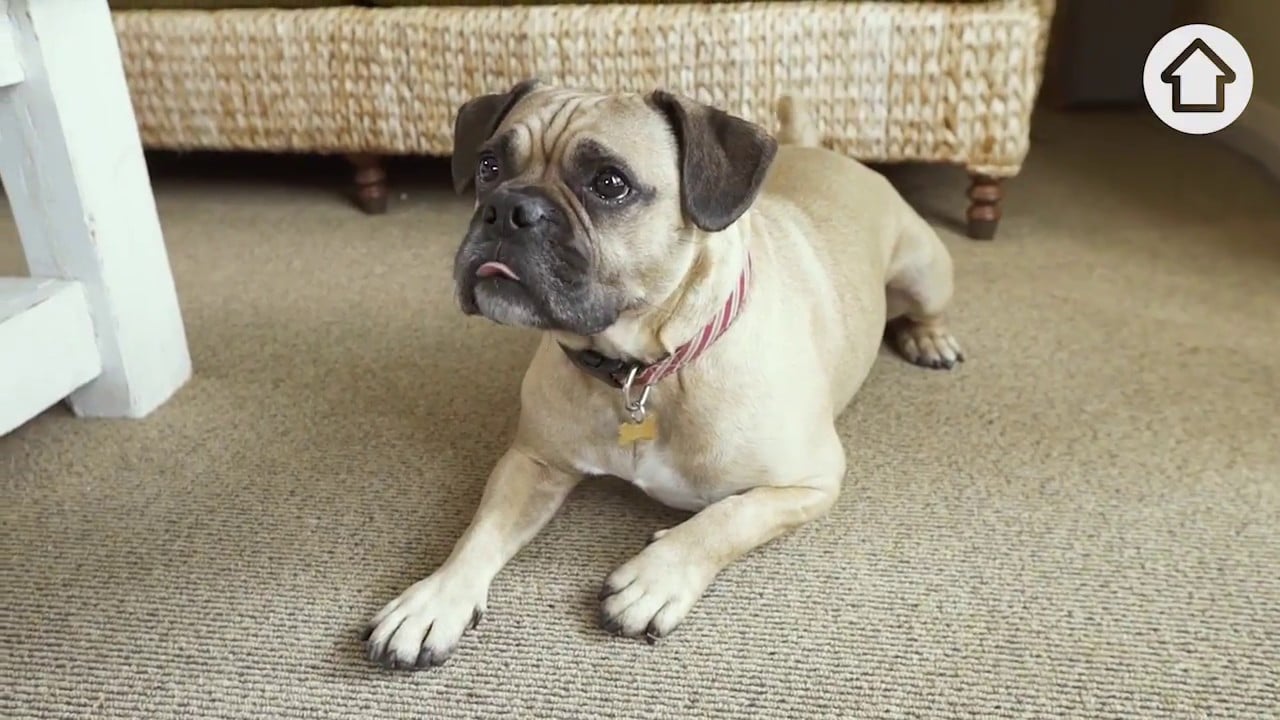As a dog walker who walks nervous dogs, I often keep them in a long line while they go on a sniff-ari or explore the magical treat street.
. If you’ve ever had a loose dog rush up to you and your dog, you’ll know how nerve-wracking it can be. This can be a common experience for those of us who walk dogs regularly, and it’s a situation that, sooner or later, most dog walkers encounter. Here are some steps to help prevent these encounters from escalating and keep you and your dog safe.

Plan and Be Aware of Your Surroundings
One of the best ways to manage encounters with loose dogs is to avoid them altogether. If possible, steer clear of areas where dogs are often allowed to roam freely, and you know it will be busy, like specific fields, woods, or. Keeping an eye on your surroundings and knowing your route can help you spot loose dogs from a distance, giving you time to change course or prepare.
If your dog tends to be reactive or anxious around other dogs, you might consider training it to wear a muzzle in public places. This can provide an extra layer of safety in case a situation occurs.
Stay Calm and Redirect
When you see a loose dog approaching, try to stay calm and give yourself and your dog space to turn away quickly. If your dog is comfortable with a “U-turn” command, use it to guide them in the opposite direction. Teaching this move in advance can make it easier to react instinctively, keeping your dog from feeling stressed by your reaction.
If the other dog’s owner is nearby, firmly call out something to grab their attention, such as “My dog isn’t friendly” or “Please recall your dog.” Many respond quickly when they understand their dog might not be welcome to approach.
Use Deterrents to prevent the fight.
If a loose dog continues to approach, use calm body language to signal them to stop. Hold your hand in a “stop” gesture and step slightly forward to create a boundary. Sometimes, telling the dog “Go home” or “Sit” can work, as they may recognise these commands.
Carrying minor deterrents can also help in these situations. Citronella-based sprays, like Spray Shield, are safe and non-harmful to dogs but can discourage an approaching dog if sprayed in front of them. Throwing a few treats in the opposite direction might distract the dog long enough for you to move away safely.
Know How to Respond if a Fight Breaks Out
Despite all efforts, sometimes things escalate. If a fight breaks out, try to break it up by throwing water over the dogs. Keys or even a bag tossed between them can also create a diversion, allowing you a moment to get your dog away safely.
After the Incident
If your dog is injured in any way, it’s important to take them to the vet, even if the injuries seem minor. Small punctures or soft tissue injuries aren’t always visible at first. Documenting the incident can be helpful as well. If you can, record a video or take photos and consider reporting it to your local animal control. This creates a record in case you need to seek support for veterinary costs or if the other dog becomes a repeat problem.
After a stressful encounter, give yourself and your dog a break from walks in that area for a few days. Even if they seem fine, dogs can be affected by stressful situations and may benefit from some quiet time to feel secure again. By staying prepared and proactive, you can make encounters with loose dogs much safer for both you and your dog
